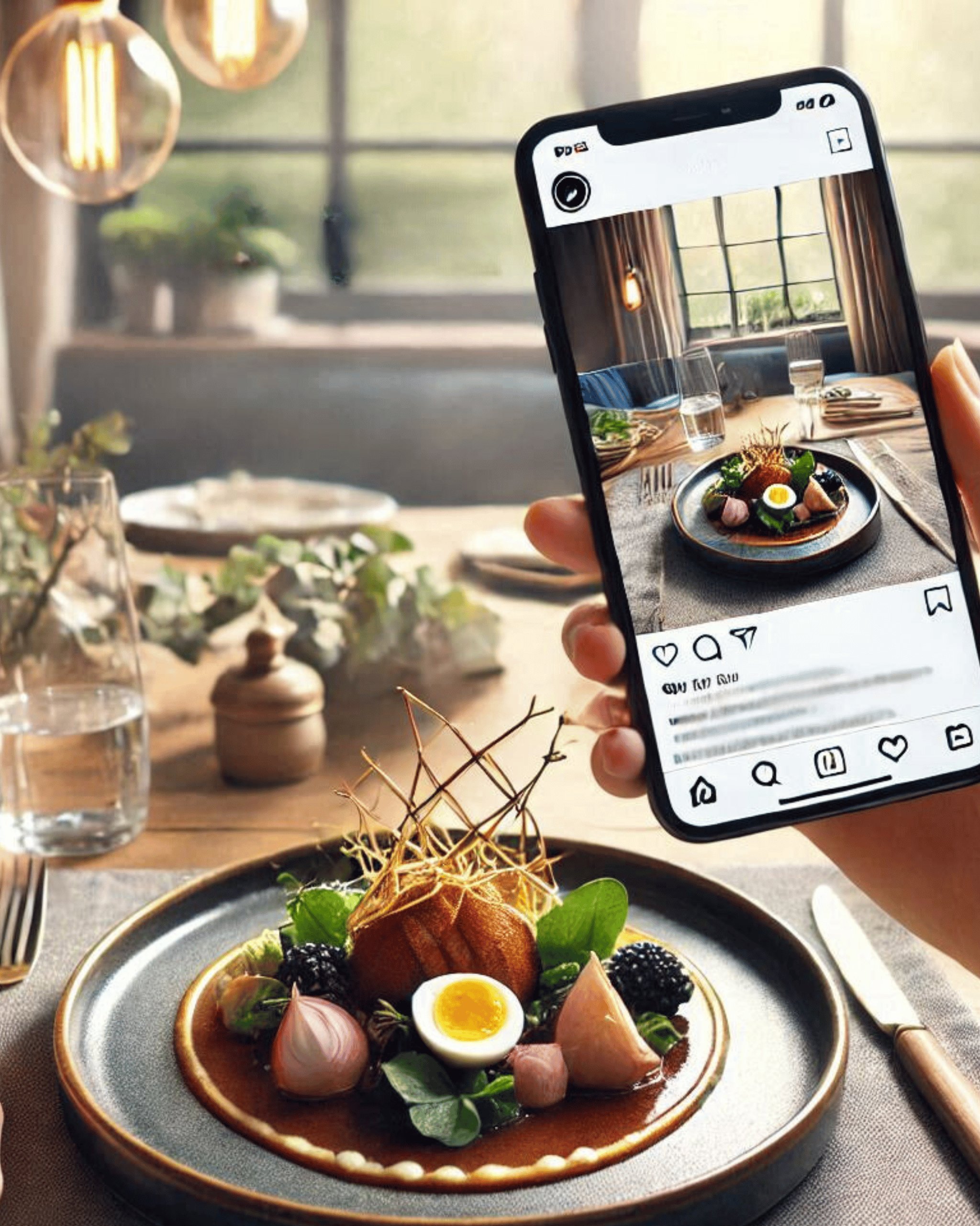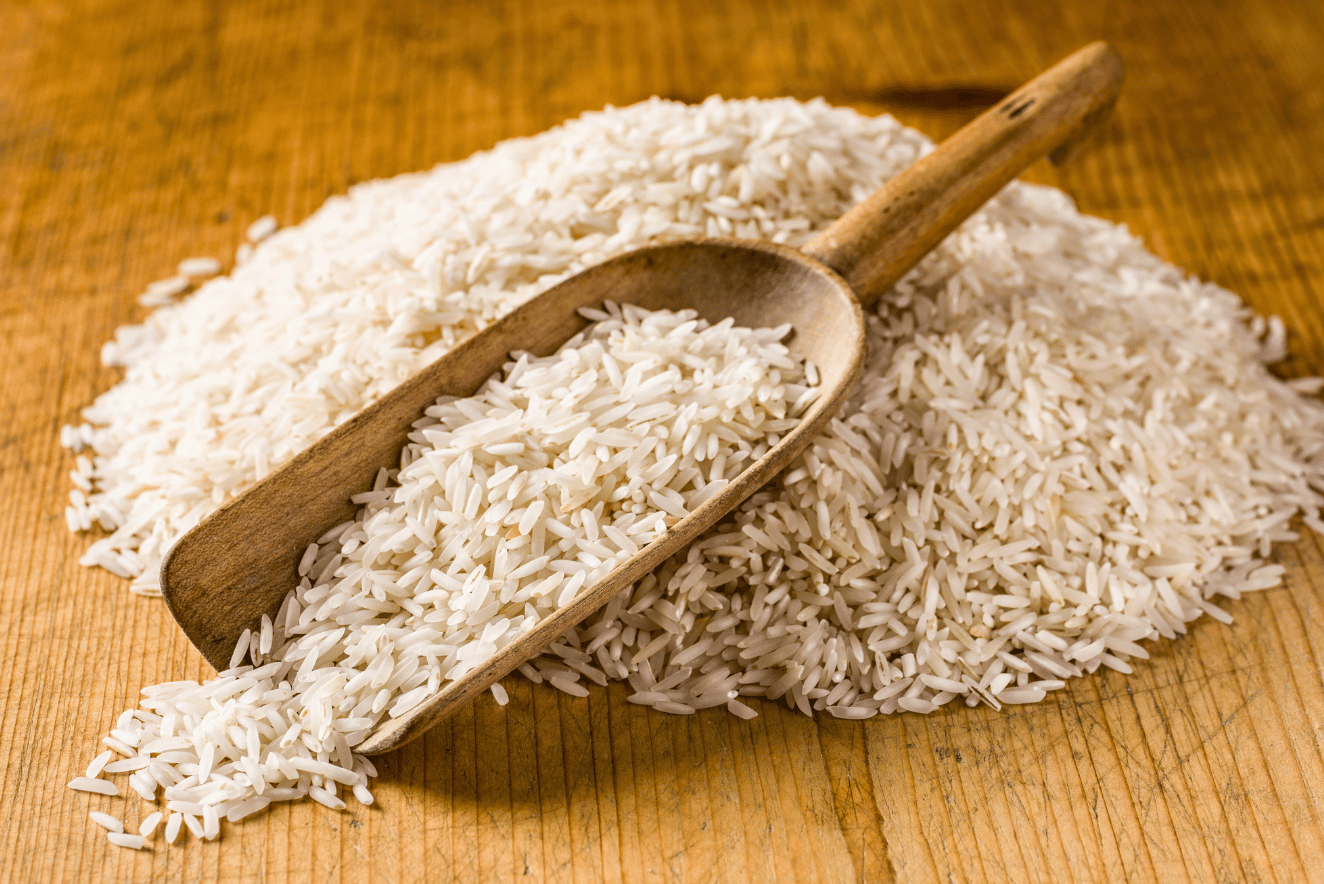In an era where logomania and conspicuous consumption once reigned supreme, a profound shift is reshaping our understanding of luxury across cultures. The quiet luxury movement, which has seen a sustained 157% growth in search interest since 2023, represents more than just a fashion trend—it’s a cultural phenomenon that’s redefining how we express wealth and status across different societies.
As someone who has experienced luxury’s varying interpretations through both Pakistani and Mexican lenses, I’ve witnessed firsthand how this movement transcends borders while adapting to local sensibilities. My personal journey toward quiet luxury has been shaped by wisdom from my 100-year-old grandmother, who always kept just two quality handbags—one black, one brown—and still wears her comfortable SAS leather shoes to this day.
What is Quiet Luxury? Understanding the Movement
The essence of quiet luxury lies not in what it shouts, but in what it whispers. Unlike traditional luxury that often relies on obvious branding and status symbols, quiet luxury emphasizes quality, craftsmanship, and understated elegance. This movement, also known as “stealth wealth,” has gained particular momentum in the post-pandemic landscape, with luxury market analysts reporting a 42% increase in sales of logo-free premium products in 2025. This shift has accelerated dramatically following the recent manufacturing transparency revelations that have shaken the luxury industry to its core.
For me, quiet luxury isn’t about price tags or designer labels—it’s about the liberation that comes with simplicity and quality. I used to spend precious morning minutes deciding what to wear, only to end up with blisters from poorly made shoes or discomfort from trendy but impractical clothing. Now, I’ve embraced what I consider true luxury: having fewer, better items that require less decision-making, which preserves my mental energy—arguably our most valuable commodity in today’s world.
Cultural Origins and Evolution
The concept of understated luxury isn’t new—it has deep roots in various cultures:
- Japanese wabi-sabi philosophy, celebrating subtle beauty
- European old money traditions of inherited quality pieces
- Middle Eastern appreciation for refined craftsmanship
- South Asian heritage of artisanal excellence
Modern Catalysts
Several factors have accelerated the quiet luxury movement:
- Post-pandemic shift in consumer values
- Growing awareness of sustainable fashion
- Social media fatigue from overtly branded content
- Economic uncertainty driving investment in timeless pieces
- The 2024-2025 manufacturing transparency revolution
The Manufacturing Transparency Revolution
In 2024, following new US import tariffs, China amended its manufacturing disclosure laws, allowing factories to reveal which luxury brands they produce for. This watershed moment exposed the dramatic markup practices of many prestigious “European” luxury houses:
- Several “Made in France” luxury bags with €30,000 price tags were revealed to cost under €1,000 to manufacture in Chinese factories
- Hermès specifically came under scrutiny when it was discovered that certain bags retailing for $38,000 were primarily manufactured in China for approximately $1,000, with only logo application occurring in France
- Multiple luxury fashion houses were exposed for applying markups of 3,000-4,000% on items primarily made in the same factories as mid-market brands
This revelation has accelerated the quiet luxury movement, as consumers increasingly recognize that logo-driven prestige often represents marketing rather than superior craftsmanship or materials.
A Personal Revelation
My own perspective on luxury evolved significantly after exposure to Arabic modest fashion influencers. Their approach revealed to me that fashion doesn’t have to be torture in the form of high heels and uncomfortable clothing. I’ve come to believe that true luxury resides in organic fabrics that protect your body, maintain ideal temperature, and create a sense of comfort. As my husband—whose Pakistani background has shaped his practical outlook—often reminds me: a brand name becomes irrelevant if the product doesn’t solve a problem in your life.
The Cultural Dynamics of Quiet Luxury
Western Interpretation
In Western societies, quiet luxury often manifests as:
- Investment in heritage brands
- Preference for minimalist design
- Focus on sustainable materials
- Appreciation for artisanal craftsmanship
Asian Perspective
The Asian approach to quiet luxury includes:
- Emphasis on material quality
- Integration of traditional craftsmanship
- Balance between modernity and heritage
- Subtle incorporation of cultural elements
Middle Eastern View
Middle Eastern interpretations feature:
- Attention to refined details
- Appreciation for handcrafted elements
- Integration of traditional luxury concepts
- Focus on quality materials
Latin American Approach
Latin American quiet luxury emphasizes:
- Family heritage pieces
- Artisanal craftsmanship
- Natural materials
- Cultural authenticity
Key Elements of Quiet Luxury Living
Quality Over Branding
- Investment in well-made basics
- Focus on construction and materials
- Appreciation for craftsmanship
- Understanding of value beyond logos
Sustainable Choices
- Ethical production methods
- Long-lasting materials
- Timeless design principles
- Environmental consciousness
Minimalist Aesthetics
- Clean lines and simple shapes
- Neutral color palettes
- Thoughtful design elements
- Functional beauty
The Luxury of Comfort and Time
In my personal journey toward a more intentional lifestyle, I’ve discovered that some of life’s greatest luxuries cost nothing at all, while others are worth every penny. I now invest in just a few pairs of quality leather sandals—my favorites being SAS (San Antonio Shoes)—which start at around $150. While initially expensive, they provide exceptional comfort throughout the day without causing pain or blisters, problems that cheaper alternatives inevitably create and that ultimately require both time and money to address.
This shift toward prioritizing comfort and quality extends beyond footwear. I’ve curated a closet with fewer items in complementary colors that mix and match effortlessly, eliminating the daily stress of outfit selection. Shopping has become purposeful rather than recreational—I no longer purchase items simply because “they’re pretty” without having a specific role in mind.
Quiet Luxury in Fashion and Style
Essential Wardrobe Elements
- High-quality basics
- Tailored pieces
- Natural fibers
- Timeless designs
Material Quality Indicators
- Fabric composition
- Construction methods
- Finishing details
- Durability factors
Cultural Style Integration
- Traditional elements
- Modern interpretations
- Cross-cultural influences
- Personal heritage
Beyond Fashion: Quiet Luxury in Daily Life
Redefining Luxury Through Relationships
Perhaps the most profound element of the quiet luxury movement is its redefinition of what constitutes true wealth. In my personal experience, the most valuable luxury isn’t material at all—it’s the richness of meaningful connections with people of strong character and values. Meeting and maintaining relationships with valuable people represents a form of wealth that no designer item can match. This perspective, nurtured by cross-cultural experiences, has helped me appreciate that confidence and comfort constitute greater luxury than any status symbol.
Home Aesthetics
- Quality materials
- Artisanal pieces
- Cultural elements
- Minimalist design
Lifestyle Choices
- Thoughtful consumption
- Quality experiences
- Cultural appreciation
- Sustainable practices
The Future of Quiet Luxury
The Post-Transparency Luxury Landscape
The manufacturing transparency revolution has fundamentally altered the luxury marketplace:
- Emerging brands focusing on transparent sourcing and honest pricing
- Traditional luxury houses restructuring their supply chains and marketing
- Consumers demanding authentication of craftsmanship claims
- Growing preference for brands that own their manufacturing facilities
- Rising interest in locally-produced luxury goods with verifiable provenance
Sustainability Impact
- Ethical production growth
- Material innovations
- Conscious consumption
- Environmental consideration
- Supply chain transparency
Cultural Evolution
- Global interpretation
- Local adaptation
- Traditional preservation
- Modern integration
- Renewed appreciation for genuine artisanal traditions
Frequently Asked Questions
What defines quiet luxury?
Quiet luxury emphasizes quality, craftsmanship, and understated elegance over obvious branding and status symbols.
How is quiet luxury different across cultures?
While the core principles remain consistent, cultural interpretations vary in their emphasis on traditional elements, materials, and expressions of refinement.
Is quiet luxury only for the wealthy?
No, quiet luxury is more about a mindset of quality over quantity and can be adapted to different budget levels through thoughtful consumption.
How can I incorporate quiet luxury into my lifestyle?
Start by investing in quality basics, appreciating craftsmanship, and focusing on timeless pieces that reflect your cultural heritage.
What role does sustainability play in quiet luxury?
Sustainability is central to quiet luxury, emphasizing longevity, ethical production, and conscious consumption.
How has the manufacturing transparency revolution affected luxury brands?
Many traditional luxury houses have been forced to reconcile their marketing claims with manufacturing realities, leading to industry-wide reassessment of pricing strategies and authenticity claims.
Are expensive logo-driven luxury brands still considered prestigious after the transparency revelations?
Consumer attitudes have shifted dramatically, with many now viewing excessive logo placement as potentially compensating for questionable value rather than signifying quality.
How can I identify true craftsmanship in luxury items after the manufacturing revelations?
Look for brands with transparent supply chains, those who own their manufacturing facilities, artisanal workshops with observable production, and those who publicly disclose their manufacturing costs and practices.
Practical Implementation Tips
Starting Your Journey
- Assess your current lifestyle
- Identify quality pieces
- Research cultural elements
- Develop a personal style
Budget Considerations
- Investment planning
- Quality assessment
- Value calculation
- Long-term thinking
Cultural Integration
- Heritage appreciation
- Modern adaptation
- Personal expression
- Authentic representation
Conclusion
The quiet luxury movement represents a significant shift in how we perceive and express luxury across cultures. By embracing quality over ostentation, sustainable practices over excess, and cultural heritage over trending styles, we’re witnessing the evolution of luxury into a more thoughtful, inclusive concept that resonates across borders and generations.
The 2024-2025 manufacturing transparency revolution has only accelerated this shift, fundamentally challenging consumers to question what they’re truly paying for when purchasing luxury goods. As the veil between marketing and reality continues to thin, we’re seeing a renaissance of appreciation for genuine craftsmanship, honest pricing, and transparent business practices.
Perhaps the greatest irony of the quiet luxury movement is that it has been validated not by the industry itself, but by the exposure of the industry’s own practices.
In a world where a $38,000 Hermès bag has been revealed to cost approximately $1,000 to manufacture in China before receiving its logo in France, consumers are increasingly asking: is true luxury found in a prominently displayed logo, or in the quiet confidence of genuine quality that requires no external validation?
As I reflect on my grandmother’s century of life experience and her enduring preference for comfortable shoes and just two quality handbags—one black, one brown—I’m reminded that wisdom often manifests as simplicity. Her approach to possessions wasn’t about limitation but liberation: freedom from excessive choices, freedom from discomfort, and freedom to focus on what truly matters.
My own quiet luxury essentials now include a non-branded black handbag and Egyptian cotton dresses that provide comfort without sacrificing style. These pieces don’t scream their worth through logos, but they whisper their value through quality materials, thoughtful design, and the mental space they create by eliminating unnecessary decisions.
As we move forward in this new era of transparency, the answer becomes increasingly clear. True luxury whispers; it doesn’t shout.
Author’s Note: This article reflects personal experiences and observations from living in Pakistan, Mexico, and Western countries, combined with current market research and cultural studies. All statistics are from 2024-2025 market reports and cultural analysis.


